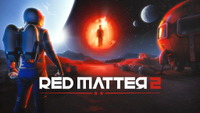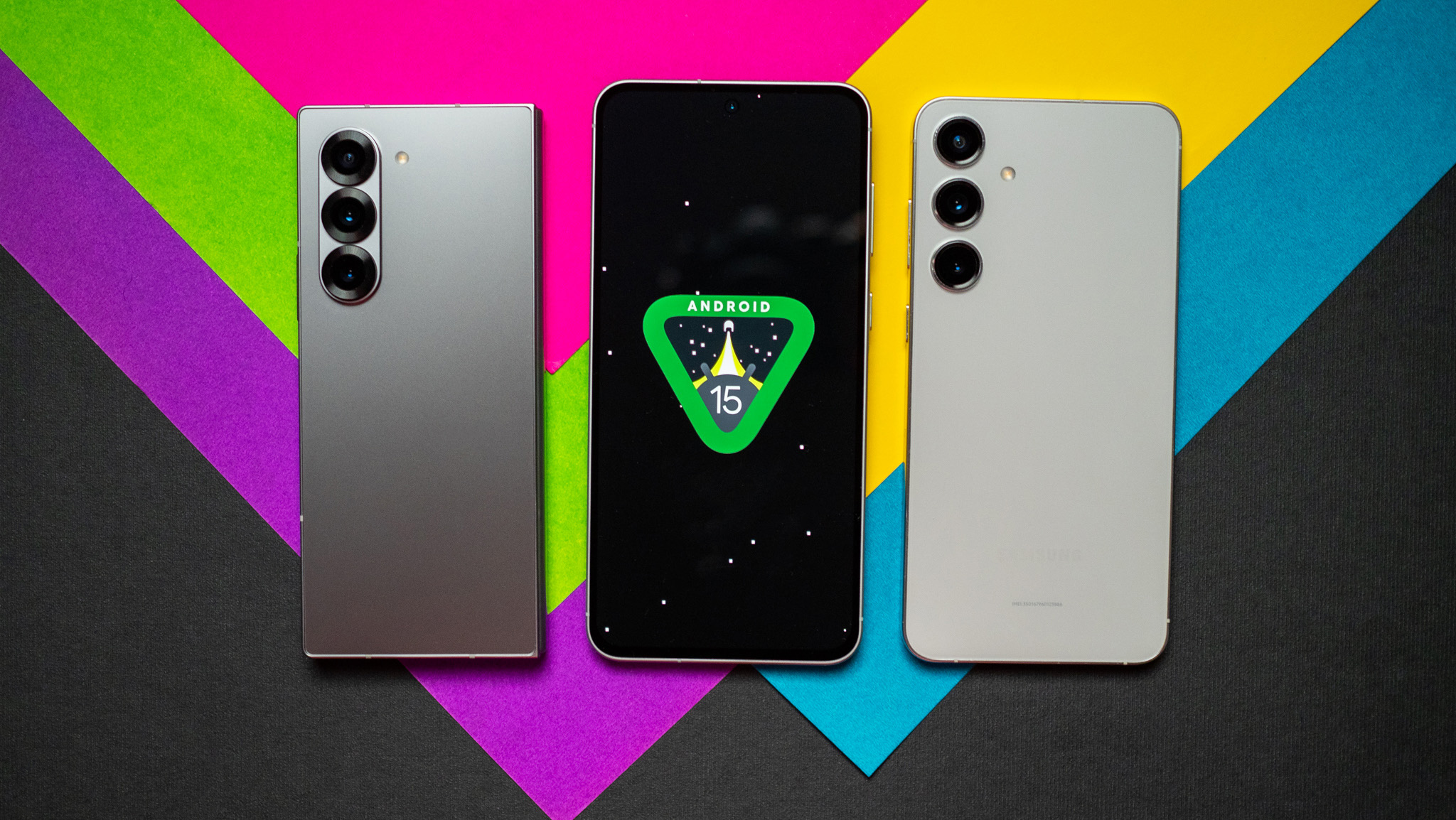Red Matter 2 has no right to look this good on the Oculus Quest 2
It's a graphical showcase like none other.
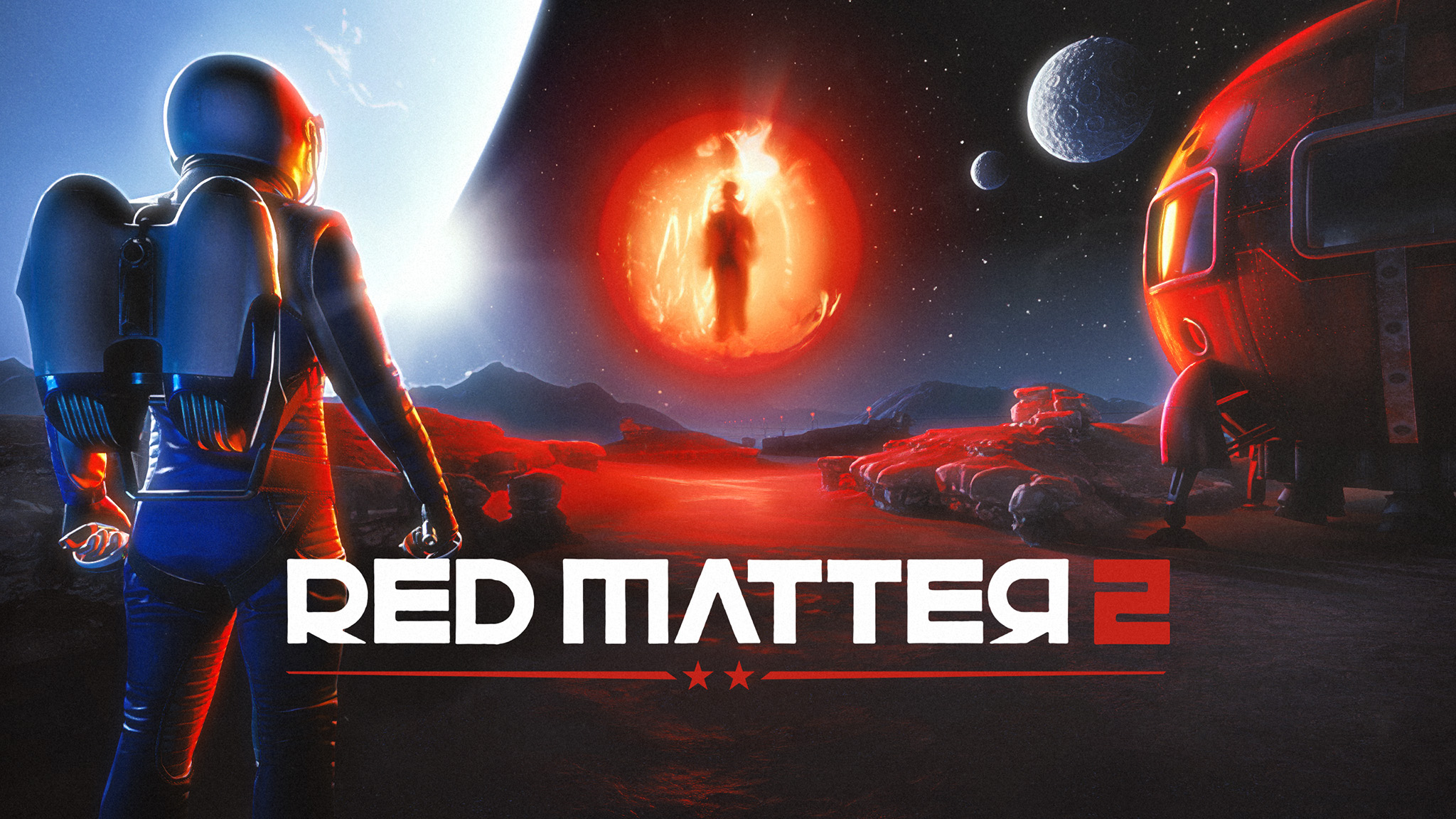
I'm definitely not one in the camp of "judging a book by its cover," but when the artwork is this good, how can you not be intrigued? Based on the original Red Matter's ground-breaking visuals, I'm not at all surprised that developer Vertical Robot was able to blow my mind yet again. After all, it's a Quest 2 exclusive this time around, whereas the original one still had to work on the Quest 1's aging hardware.
Even with that said, I still can't comprehend how this game looks this good and runs so perfectly on the Oculus Quest 2. Vertical Robot put together a technical showcase video leading up to the game's release, and it walks through just a few of the impressive graphical effects the company built atop Unreal Engine to be as pretty as possible on our favorite portable VR solution. Somehow, it even includes ray-traced reflections, too!
But beauty isn't just skin deep with this one. It's an intelligent puzzler that'll have you meandering a seemingly abandoned space station (along with other locations) solving the mystery of what happened to your old comrade. You'll need your wits about you, just like in the original, which is why we've named it one of the best Quest 2 games you can buy today.
You won't believe your eyes
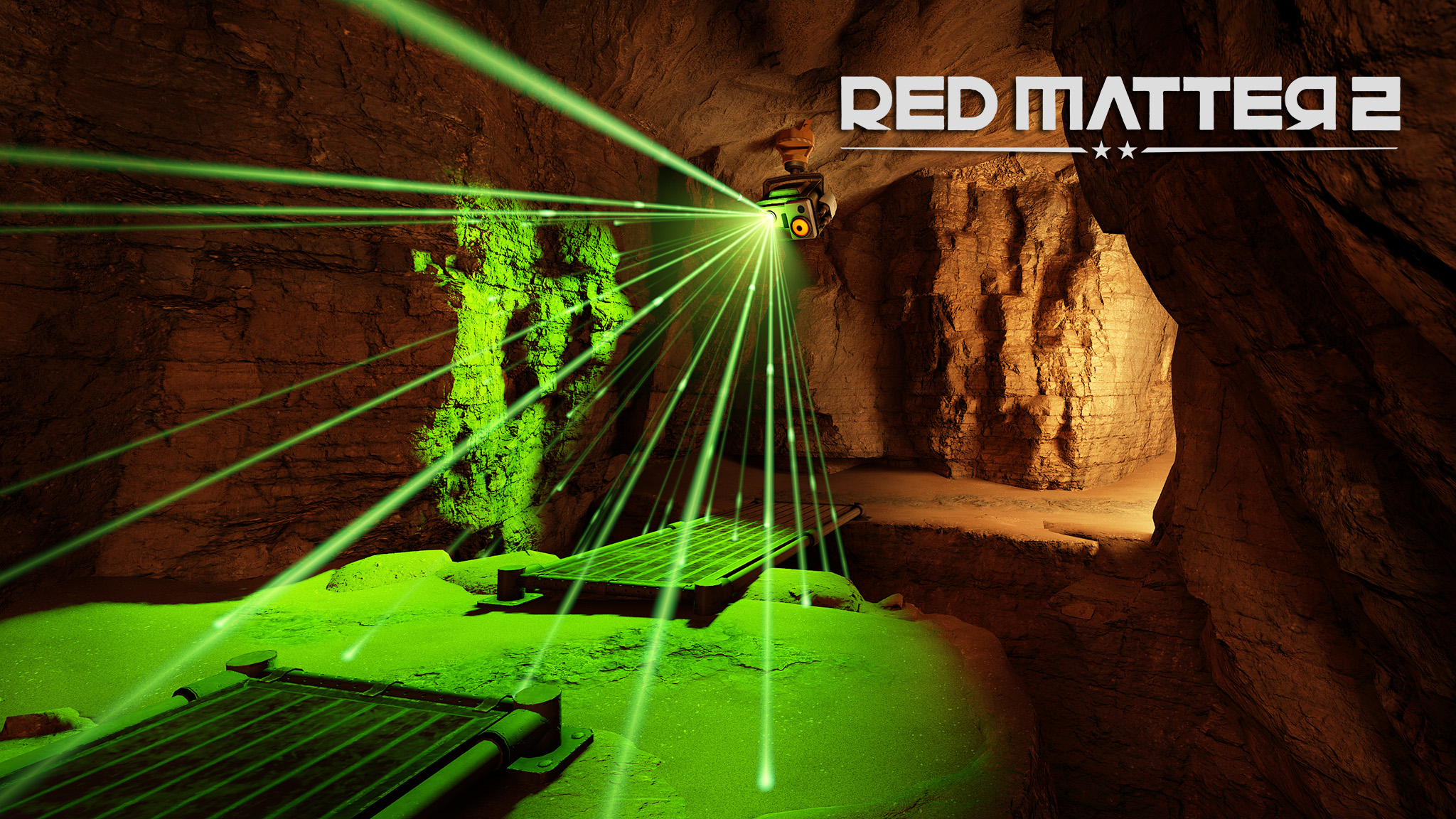
Many times, you'll see super high-resolution renders made from "game engine" footage before a game comes out. Most of the time, these are hyperbolic examples of how good the game could look if it were running on some futuristic hardware with all the bells and whistles enabled.
In this case, what I'm seeing in these screenshots seems to match up with what I'm seeing in headset. Part of that could be the virtual reality factor. By that, I mean that even simplistic graphics tend to look better in VR because they have the added value of presence for the human brain. That, by nature, makes them feel more realistic because the world is perceived to actually be in your presence.
But, I digress. What we're seeing from Vertical Robot is nothing short of a technical miracle. It also further proves that the Meta Quest 2 is benefitting from the traditional console development cycle in that the "same old hardware" continues to get better and better-looking games as developers figure out how to more effectively utilize the hardware and all its quirks and hidden qualities.
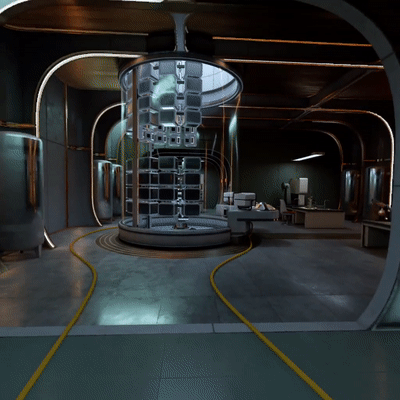
About 30 minutes into the game, you'll enter this lab area. The room design and presentation alone is impressive enough, but the technical beauty is just as impressive as the artistic quality. A 10FPS GIF doesn't do it any justice to just how impressive all the reflections are.
Be an expert in 5 minutes
Get the latest news from Android Central, your trusted companion in the world of Android
Seriously, just watch it loop through a few times and look in a different location every time. There's so much going on here that you can really only fully appreciate it when you're the one standing in the room.
In addition to that, the object quality in the room is nearly unmatched. Look at the arched lights layered throughout the room. They're round! There are no visible polygonal lines on any of them, and they're next to a ton of other objects that are just as high-quality and complex, too.
But even when complex geometry isn't necessary, the game's impressive use of bump and parallax mapping certainly makes it look like these objects are real.
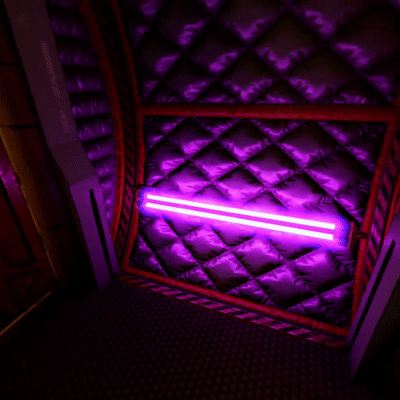
These airlocks, for instance, are both beautiful, and likely a clever loading mechanism for ensuring that the next room is as highly detailed as possible. While in the airlock for a few seconds, what appears to be a UV light rotates around overhead, casting a gorgeous purple light all around the room but, particularly, on the pillowy surfaces behind the blacklight.
Vertical Robot didn't have to make this surface pillowy and plush looking. It could have settled for plain concrete or something else equally boring.
But they didn't.
As with the rest of the visuals in this game, Vertical Robot spared no expense in making a mundane waiting area look simply gorgeous. Like with the lab area, that purple light is scattered everywhere, even reflected realistically in the metal surfaces' scratched and weathered facade.
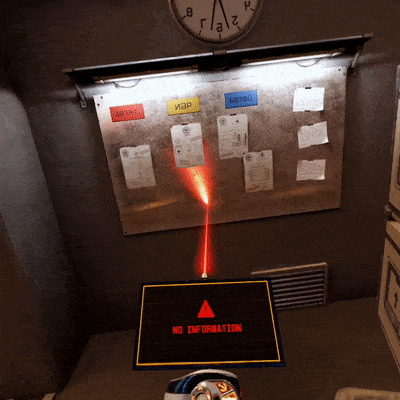
The attention to detail doesn't stop there. During the course of the game, you'll be using your handheld scanner to decipher all sorts of documents, signs, and analyze objects — not unlike a Metroid Prime game, perhaps. Scanning objects is simple, thanks to the red laser that emits from the end of the scanner itself, and all humans apparently know how to use such a device.
But, again, this red laser doesn't just emit from the end of the scanner and call it a day. No, its beautiful red beam — which is complex and as organic-looking as you could imagine — casts its light on all surfaces in a different way. This message board, for instance, appears to be a brushed metal surface that realistically scatters the light and reflects it back in a diffused way.
Then, when I move the laser over to the concrete, the porous, much less-reflective surface is treated entirely differently. Even further over the light scatters at an angle totally relative to my point of view. It's astounding, to say the least.
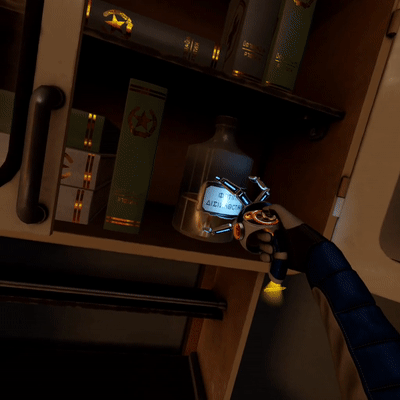
But why stop with reflections? How about refractions, as well? You're in luck, because Vertical Robot implemented those in bottles, fogged windows, and other similar surfaces.
This bottle above, for instance, is both reflecting and refracting light within its material. It's not as obvious in this room as it is in others, but this clip also highlights one other fun shader: liquid.
Half-Life: Alyx famously began the trend of including "liquid" inside bottles, allowing the player to slosh it around realistically inside, even pouring it out into other containers. While that level of detail isn't quite present in Red Matter 2 on Quest 2, it is still possible to see and move around the liquid by turning the bottle every which way.
Out now on Quest 2
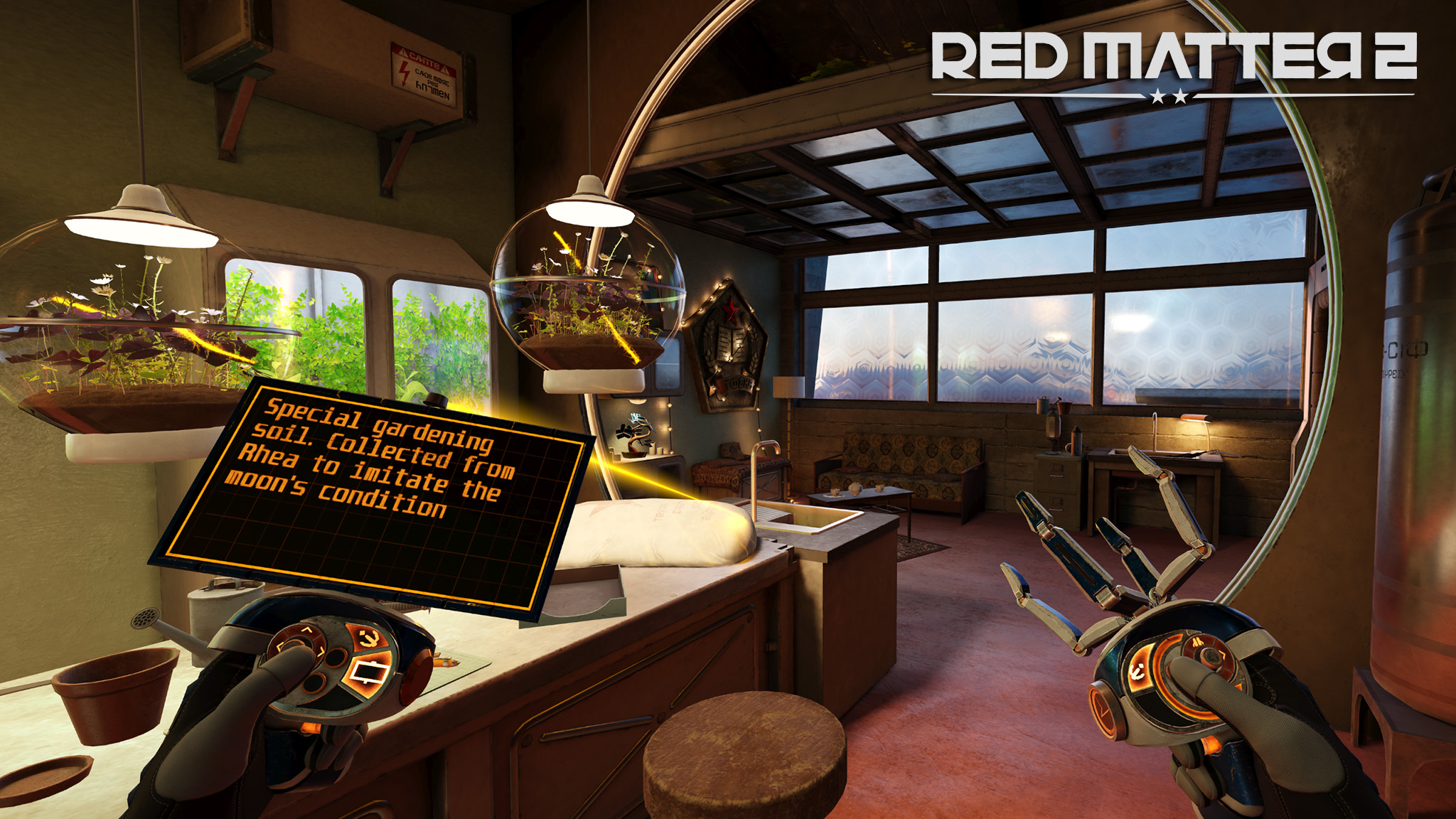
I've been a bit busy with life lately, and didn't have enough time to fill out a proper review of Red Matter 2 before the game's release, but I wanted to take the time to highlight just how impressive the game is visually in the meantime.
If you've played the original Red Matter, you won't be surprised by what you've seen, but you'll also know that the game's visuals aren't even the main draw. Vertical Robot has crafted yet another incredibly intriguing world of a far-flung alternate reality where Cosmonauts and Astronauts simply don't get along. It's a Cold War theme in the depths of space that continues to feel uniquely Red Matter.
Like the original, this is a single-player experience that retails for USD $29.99, EUR €29.99, and GBP £22.99, and can be bought on the Quest 2, the Oculus Rift store, or Steam. Red Matter 2 debuts a new jetpack that gives players an even bigger sense of scale and traversal than the original, and that gives way to additional platforming puzzles.
That, in addition to a new hacking tool and a projectile weapon, brings about a substantial set of new puzzles and plenty of action for players to experience. The addition of combat, alone, is a big enough reason to give this one a shot if you enjoyed the original.

